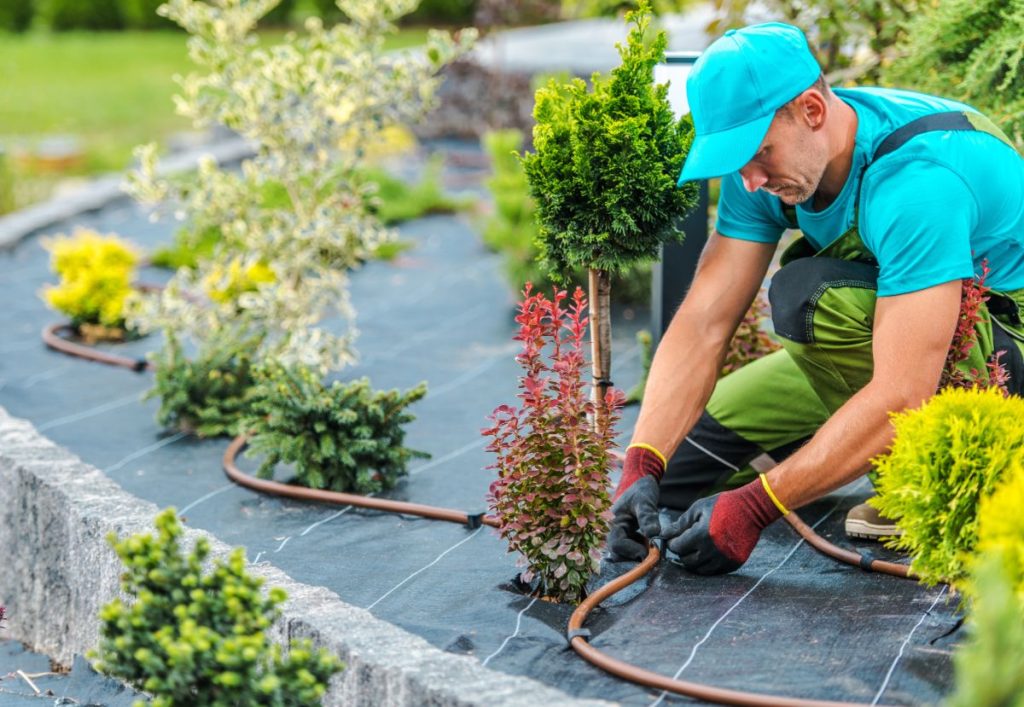What are the Things You Need To Know Before Cleaning and Checking an Irrigation System?
- Know the type of irrigation system
- Turn off the water supply
- Check for leaks
- Remove debris
- Check the filters
- Check the pressure
- Test the system
Cleaning and checking an irrigation system is a crucial part of maintaining a healthy garden or crop field. Over time, irrigation systems can become clogged, damaged, or inefficient, leading to reduced water flow and plant growth. Before starting the process of cleaning, there are a few things that you need to keep in mind to ensure that your system is functioning properly and efficiently.
In this article, we will delve into each of these steps in detail, providing you with a comprehensive guide to cleaning and checking your irrigation system.
Know the type of irrigation system
There are several types of irrigation systems, including drip irrigation, sprinkler irrigation, soaker hoses, and more. Drip irrigation systems use pipes with small holes or emitters to deliver water directly to the plant roots, while sprinkler irrigation systems use rotating nozzles to distribute water in a circular pattern.
Each type of irrigation system requires a different cleaning and maintenance approach, so it’s important to know the type of system you have before starting the cleaning and checking process.
Identifying your irrigation system type can help you understand the unique components and characteristics of your system, allowing you to clean and maintain it effectively.
Turn off the water supply
Before starting to clean your irrigation system, it is important to turn off the water supply. This ensures that water does not flow through the system while you are working on it, preventing potential damage and minimizing the risk of water wastage.
To turn off the water supply, locate the main valve that controls the water flow to your irrigation system. This valve is usually located near the water meter or in a nearby valve box. Once you have located the valve, turn it off by rotating the handle or lever clockwise until it stops.
Check for Leaks
Checking for leaks is an important step in the process of cleaning and checking an irrigation system. Leaks can indicate damage or wear in the system and can reduce the efficiency of the system by causing water to be wasted or directed away from where it is needed.
To check for leaks, inspect the entire system, including pipes, valves, and sprinkler heads. Look for signs of water, such as wet spots or pools, and listen for the sound of running water. If you find a leak, mark the location and assess the severity of the leak.
It is important to fix any leaks before continuing with the cleaning and checking process, as leaks can affect the accuracy and effectiveness of subsequent tests and maintenance tasks.
Remove Debris
Debris, such as dirt, leaves, and other organic matter, can accumulate in the system over time and cause clogs or blockages, reducing water flow and affecting plant growth.
To remove debris, start by turning off the water supply and removing any visible debris from the surface of the system components, such as sprinkler heads or filters. Next, inspect the system for any clogs or blockages and remove them using a small brush or compressed air.
Check the Filters
Checking the filters in an irrigation system is an important task that should be performed regularly to maintain the system’s efficiency and ensure the plants receive clean water. To check the filters, start by turning off the water supply to the irrigation system.
Clean the filter using a cleaning solution or a small brush, or replace it if it is damaged or clogged. Finally, reinstall the filter back into the irrigation system, ensuring that it is properly installed and secure. Regularly checking the filters in your irrigation system can help prevent damage to the system and ensure that your plants receive the clean water they need to thrive.
Test the System
Maintaining an irrigation system is a crucial task for ensuring that your plants receive the necessary water to grow and thrive. Testing the system involves turning on the water supply, inspecting the sprinkler heads, checking for leaks, and verifying that the water pressure and timing are appropriate for the system.
Adjusting the settings may be necessary to ensure that the system is operating efficiently and effectively. Regular maintenance of your irrigation system can prevent issues from arising and prolong the system’s lifespan.
Key Takeaway
By properly maintaining your irrigation system, you can save time and money in the long run. Remember, proper maintenance is essential for keeping your plants healthy and your irrigation system functioning optimally.
Another tip for cleaning and checking your irrigation system is to rely on high-quality pipes. For that, you can check us out at Supreme Pipe Corp., the leading steel pipe supplier in the Philippines. We have our industry professionals to help with installation and proper pipe maintenance.
